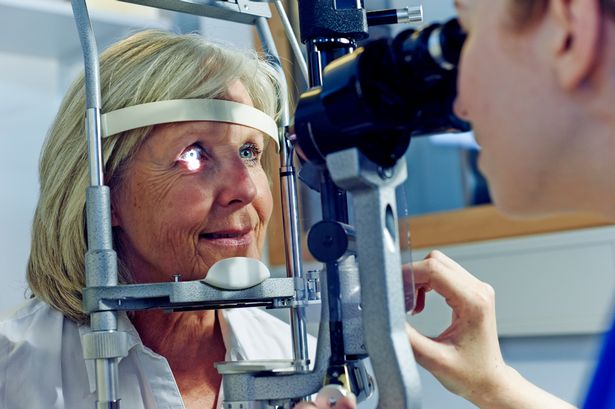Maintaining strong and flexible hips is crucial for overall mobility, particularly as individuals age. This natural decline in muscle mass and joint function can lead to tightness in hip muscles, including the glutes and hip flexors. Such tightness often results in weakness and a limited range of motion, affecting daily activities like climbing stairs, balancing, and prolonged walking. According to Pilates instructor Rebecca Dadoun, the importance of hip strength cannot be overstated: “Stronger hips improve balance, posture, and core stability, making everyday movements feel easier and more controlled.”
The Pilates method offers effective exercises to enhance hip mobility and strength. One particularly beneficial move is the Pilates leg circle, a foundational exercise known for its ability to improve stability and coordination. This exercise is designed not only to strengthen the legs but also to engage the entire body in maintaining control and stillness.
Understanding Pilates Leg Circles
Pilates leg circles are part of the classical repertoire and involve the disassociation of the leg from the trunk, allowing for a circular movement while keeping the rest of the body stable. This method requires the core, stabilizing leg, and upper body to work in unison to offer support.
The primary benefits of this exercise include enhanced hip flexor strength and overall leg muscle engagement. As Rebecca Dadoun explains, “The whole body should be working to stabilise.” Proper execution of leg circles not only fortifies the hips but also contributes to better alignment, flexibility, and fluidity of movement.
Who Should Practice Leg Circles?
While leg circles are beneficial, they are best suited for individuals who have prior experience with Pilates. Rebecca Dadoun notes that modifications can be tailored to suit different levels, which allows participants to achieve similar results regardless of their strength.
To perform a Pilates leg circle, follow these steps:
1. Lie on your back with legs extended and parallel, feet flexed.
2. Position your arms at your sides in a low V, pressing palms into the mat.
3. Bend one knee into a tabletop position and rotate the hip so the knee angles towards your shoulder, then extend the leg upward.
4. Inhale as you draw the leg across your body. Exhale while sweeping the leg in a circular motion down, out, and back to the starting position.
It is important to maintain stillness in the spine and pelvis throughout the exercise. Rebecca Dadoun advises, “Make your circles as large as you can manage while keeping the spine still.”
If you find it challenging to lengthen the leg, you can keep the knee bent until you build sufficient strength. Breathing is also vital; focus on drawing the navel towards your spine while exhaling fully.
As people incorporate these exercises into their routines, the benefits extend beyond just physical strength. Improved hip mobility can lead to greater confidence in movement, whether during exercise or daily tasks like bending and lifting. By regularly practicing Pilates leg circles, individuals can take significant steps towards better hip health, enhancing their overall quality of life.







